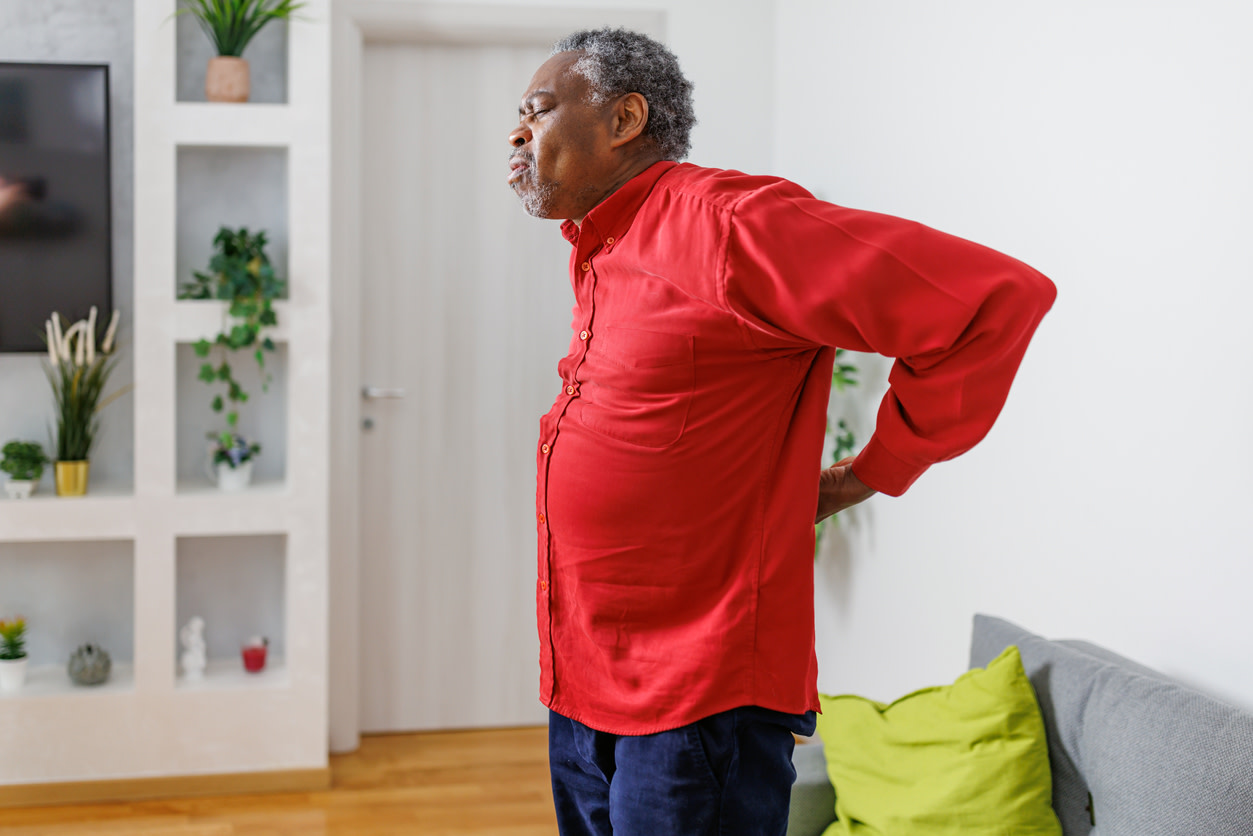Cervical and lumbar spondylosis: causes, treatments, and exercises
Learn more about spondylosis, or age-related arthritis of the spine, what causes it, and how to treat it with tips from physical therapists.
0 $ pour vous
Date de publication : Feb 23, 2024
Table des matières
Fully covered back pain relief
Find relief from lower back pain, a thrown out back, sciatica, & more.
Check if I'm eligibleExercises for spondylosis
Want expert care? Check if you're covered for our free program →- Cat Cow
- Lower Body Nerve Glides
- Bird Dog
- Thread the Needle
- Standing Side Bend with Arm Reach
- Open Book Rotation
